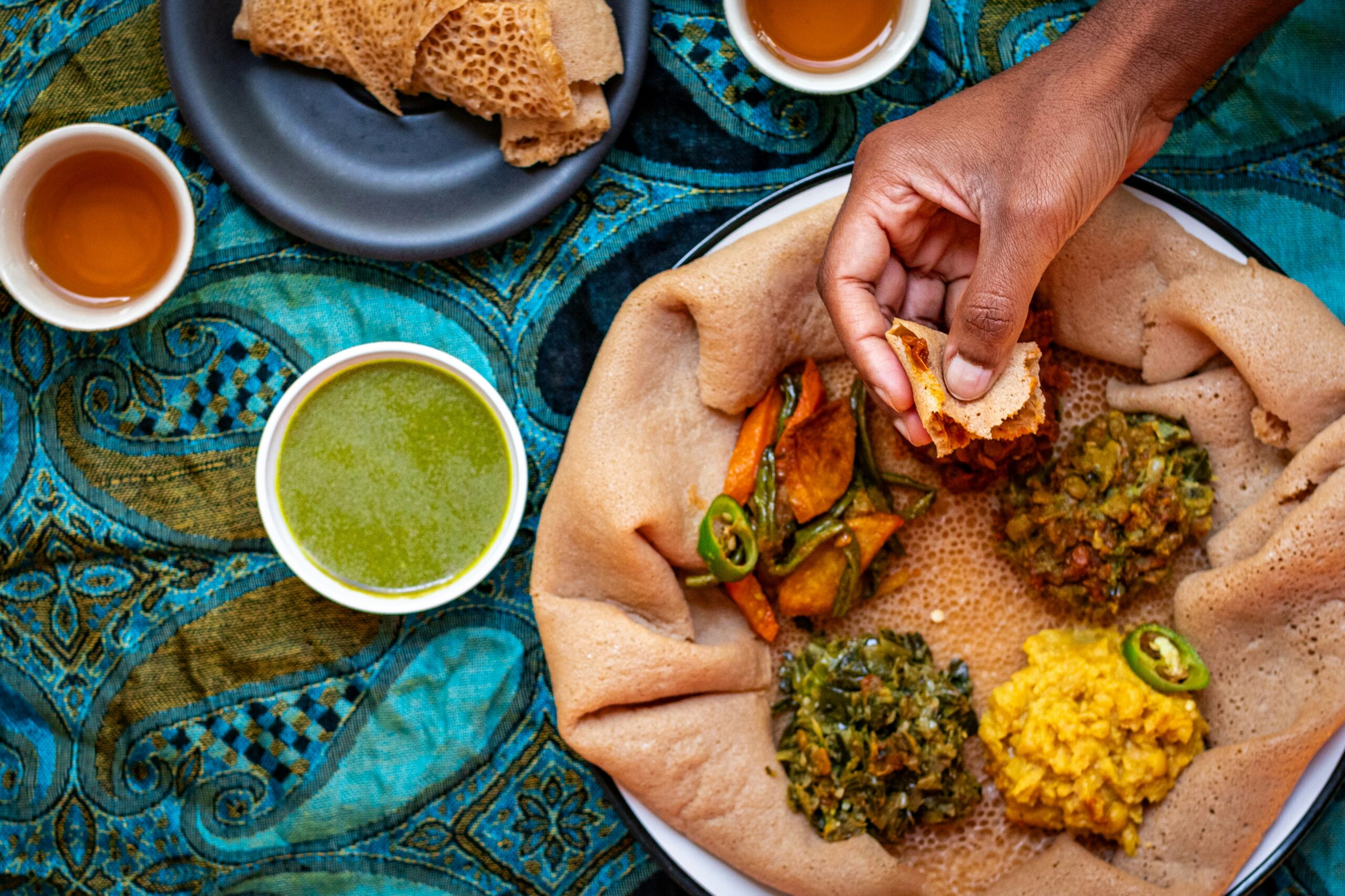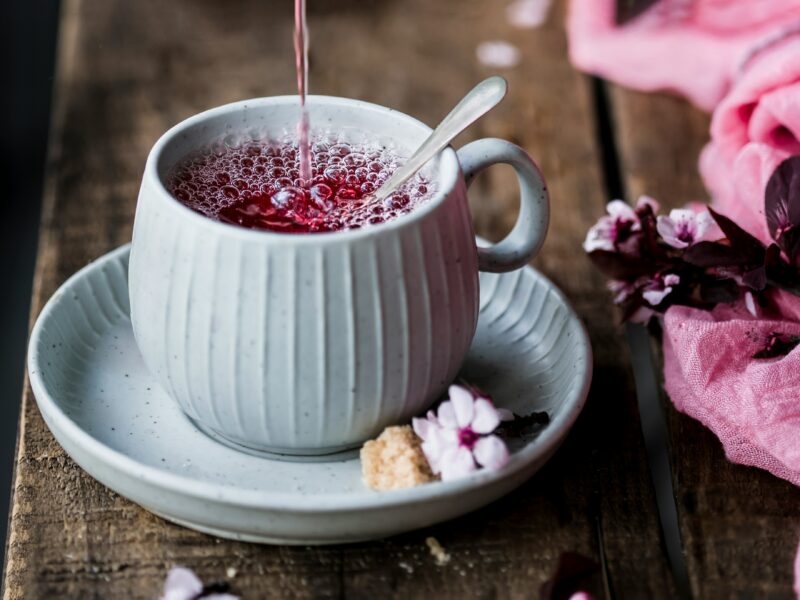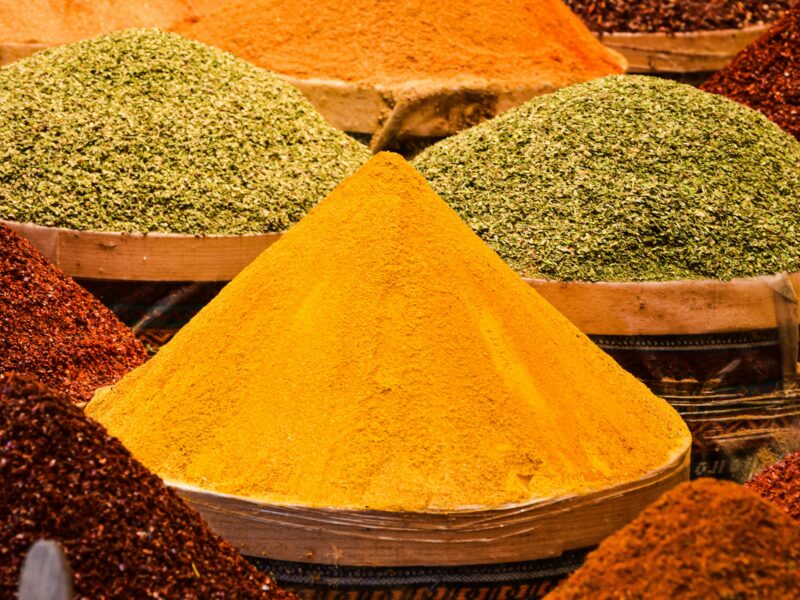Ethiopian long pepper is a unique and complex spice known for its earthy, spicy, and subtly sweet flavor. Related to black pepper but with a more layered taste, it has been used in African, Indian, and Middle Eastern cuisines for centuries. With its distinct elongated shape and deep brown hue, Ethiopian long pepper enhances both savory and sweet dishes. But what sets it apart from regular black pepper, and how can you make the most of its bold aroma in your kitchen?
Origin and cultivation of Ethiopian long pepper
Ethiopian long pepper comes from the Piper capense plant, which belongs to the same botanical family as black pepper. Native to Ethiopia and other parts of East Africa, it thrives in warm, tropical climates. The spice is harvested from flowering spikes, which are dried to develop their signature deep, woody flavor. Used both as a whole spice and ground into powders, Ethiopian long pepper has long been prized for its culinary and medicinal benefits.
What does Ethiopian long pepper taste like?
Ethiopian long pepper has a bold and intricate flavor profile that combines the heat of black pepper with sweet, smoky, and floral undertones. It delivers a slow-building warmth with a slightly resinous, woody finish, making it more complex than traditional black pepper.
Flavor nuances:
- Earthy and slightly smoky
- Warm and peppery heat
- Sweet, floral undertones
- Woody and resinous aftertaste
Ethiopian long pepper substitutes – what can you use instead?
If you don’t have Ethiopian long pepper, consider these alternatives:
- Black pepper: Offers similar heat but lacks the complex floral and smoky notes.
- Cubeb pepper: Shares an earthy, woody quality with a touch of bitterness.
- Allspice + black pepper blend: Mimics the spice’s warmth and slight sweetness.
- Grains of Paradise: Adds a peppery heat with a hint of citrus, though less smoky.
Difference between whole and ground Ethiopian long pepper
Ethiopian long pepper can be used in both whole and ground forms, depending on the dish. Whole pepper spikes are ideal for infusions in broths, sauces, and slow-cooked dishes, where they release their depth of flavor gradually. Ground Ethiopian long pepper works best when incorporated into spice blends, marinades, or directly sprinkled onto dishes for an immediate aromatic punch.
How to use Ethiopian long pepper in cooking
Ethiopian long pepper is versatile and enhances both savory and sweet dishes with its distinctive warmth and depth.
In savory dishes:
- Used in stews, soups, and braised meats for deep, peppery complexity.
- Infused into curries and spice blends like berbere for Ethiopian cuisine.
- Cracked over roasted vegetables and grilled meats for a smoky kick.
- Added to homemade pickling brines to enhance preservation with layered heat.
In sweet foods and beverages:
- Pairs well with dark chocolate and spiced desserts.
- Adds depth to honey-based syrups and infused liquors.
- Enhances chai teas and mulled wine with warming, floral undertones.
- Ethiopian Doro Wat: A rich, slow-cooked chicken stew spiced with berbere and Ethiopian long pepper
- Pickled Vegetables: Preserved with whole long pepper spikes for a unique, peppery infusion
Cooking tips:
- ✔ Toast whole pepper spikes before grinding to intensify their aroma.
- ✔ Use sparingly—Ethiopian long pepper has a lingering heat that builds over time.
- ✔ Store in an airtight container in a cool, dry place to preserve its potency.
- ✔ Crush or grind just before use for the freshest flavor.
- ✔ Pairs well with cinnamon, nutmeg, and cardamom in sweet dishes, and complements garlic, cumin, and coriander in savory recipes.
Where to buy Ethiopian long pepper
Ethiopian long pepper is available at specialty spice stores, African markets, and online retailers. Look for whole, intact pepper spikes with a deep brown color and a strong, resinous aroma. To maintain the best quality, opt for airtight packaging and avoid pre-ground versions unless freshly milled.
Why Ethiopian long pepper deserves a place in your kitchen
Ethiopian long pepper offers a deeper, more nuanced alternative to black pepper, with its smoky warmth and floral sweetness. Whether enhancing stews, grilled meats, or desserts, its complexity makes it an essential spice for adventurous cooks looking to expand their flavor palette.


